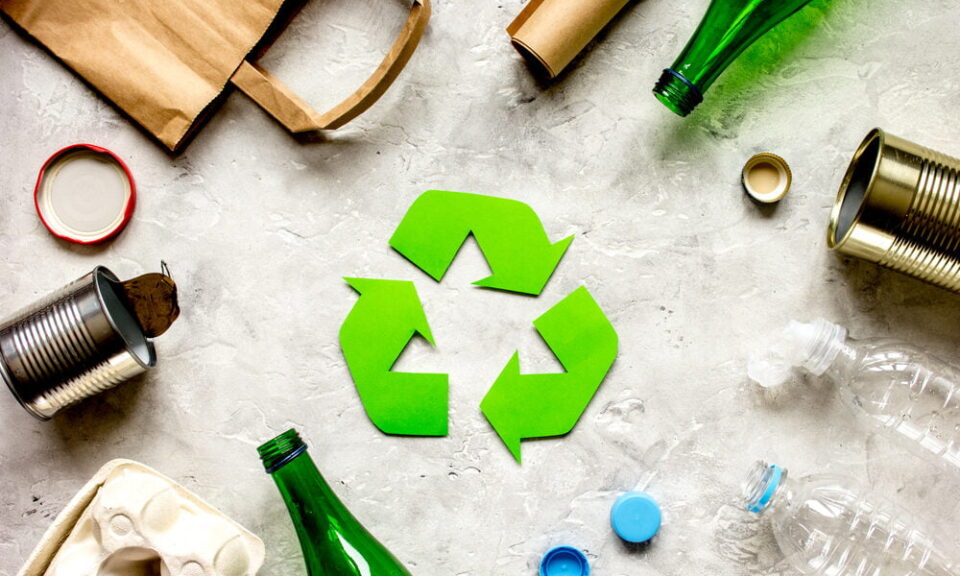We come across plastic in many things every single day, for example, water bottles and food containers. Then what occurs to these items? This is why recycling becomes necessary.
Knowing which plastics can be recycled is key to reducing waste, saving energy, and keeping our environment clean. The right recycling container for a plastic depends on its kind. Certain types of plastic can be used again, while the rest just end up polluting land and sea.
When we learn how to differentiate, we can recycle better and it helps us make a real difference.
What Plastics Should You Recycle?
There is usually a number inside a triangle symbol on every plastic object. The number shows which kind of plastic it is and whether recycling centers are likely to accept it.
Usually, the following types of claims emerge:
- The most common plastic, #1 – PET (Polyethylene Terephthalate), ends up in soda bottles and packages. Widely recyclable.
- #2 – HDPE (High-Density Polyethylene) is frequently used to make packaging for milk and detergent. Highly accepted.
- #5 – Polypropylene or PP, is found in containers for yogurt, food and caps. Some places are able to recycle these plastics.
These three types are the easiest answers when asking which plastics can be recycled.
#3 PVC, #6 PS (Polystyrene) and #7 Miscellaneous are problems to recycle and therefore often end up in the garbage since processing options are restricted.
Why a Few Types of Plastics Fail the Test
It seems like recycling plastic is easy—however, it is really not so simple. Some major problems that get in the way are:
- Pollution caused by food and oil
- Varieties of materials in packaging.
- Not having facilities for recycling materials near you
- Reliable rules for recycling
If the plastic contains dirt or is put with materials you shouldn’t recycle together, it will not become a recycled product.
Tips on Doing Your Recycling Better
If you want to be a part of solving climate change, begin with easy and smart actions:
- Look at the number found on the underside of the item.
- Remember that the best choice is to lean on #1 and #2.
- Wash your plastic containers. Rinse off your hands with water instead of grease or anything to eat.
- Review the recycling rules where you live because each city’s guidelines may vary.
You Need to Think Out of the Box
Recycling is only part of the bigger challenge. It is important to also focus on:
- Avoid using single-use plastics, whenever you can.
- Opt for bags, bottles and containers that can be used more than once.
- Support the development of products that are made from recycled plastic.
- Promote recycling systems that work in our communities.
There are also major advances in technology. There is a chance that new methods for processing plastic can increase the reusable types. Until we make larger changes, what we do everyday still counts.
Final Word
Understanding which plastics can be recycled puts power into your hands. PET, HDPE and PP are some of the best types of plastics to recycle daily. It is sometimes necessary to take extra precautions with certain plants or it’s best to avoid them.
Knowing how to sort, selecting what to do with trash properly and promoting better recycling can all aid in creating a better future for all.
All of our recycled bottles play a role. All of us have an important role to play.

